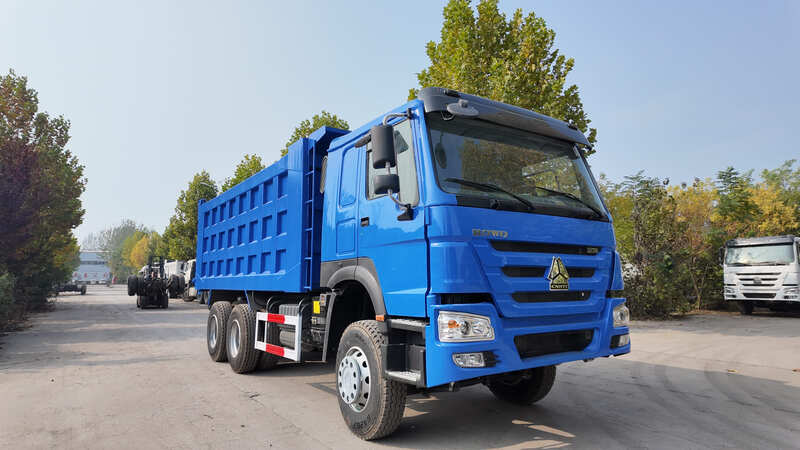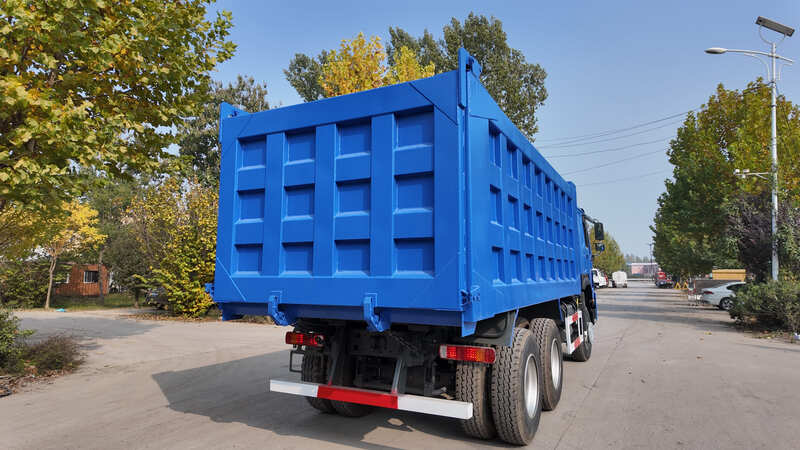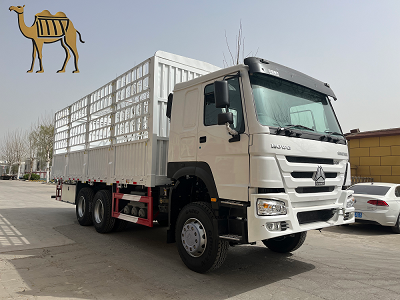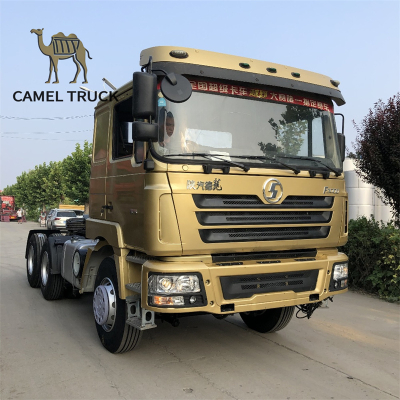Optimization Plan For Dump Truck Cargo Box Design To Enhance Loading Capacity
Optimizing Dump Truck Body Design: A New Leap in Loading Capacity
The world of heavy-duty transportation has always had the loading capacity and operational efficiency of dump trucks as key performance indicators for either the fleet owners or logistics companies. With demands for increasing efficiency in the mining, construction, and infrastructure development sectors, optimizing dump truck body design—improving loading performance without compromising durability or safety—has become a major focus of truck manufacturers.
1. Limitations of Traditional Dump Truck Body Design
Traditional bodies of dump trucks are manufactured from heavy carbon steel. This provides strength and resistance to impact, but a number of limitations arise:
Excessive self-weight reduces the net payload;
Non-efficient structure design with low use of space;
Slower unloading efficiency, especially for bulk materials.
These issues become more significant under high fuel costs and long-distance operations, as they lead to higher fuel consumption and reduced profitability.
2. Optimization Directions: Lightweight and Structural Innovation
To achieve efficiency in transport, manufacturers have adopted new ways to optimize dump body designs:
(1)Material Upgrade
The use of high-strength wear-resistant steel materials-such as HARDOX 450 or NM400-and aluminum alloys has been increasing. These offer excellent durability while significantly reducing the body weight. Compared with traditional carbon steel, lightweight materials can reduce self-weight by 15–25%, directly improving payload capacity.
(2) Structural Improvements
Through finite element analysis, engineers optimize the body's stress distribution; where reinforcement and welds are not necessary, they are eliminated to increase usable space. A few models adopt curved and trapezoidal body designs, which ensure better material stability with smoother unloading.
(3) Smart Design Integration
This includes electronic weighing systems and tilt angle sensors that can provide real-time load monitoring and warnings to prevent overloading, hence improving the accuracy and safety of loading.
(4)Surface Treatment and Corrosion Resistance
Advanced anti-rust coatings and sandblasting treatments extend service life and reduce long-term maintenance costs.
3. Tangible Benefits of Optimization
Optimized dump body designs can bring in significant operational benefits:
Improved loading capacity up to 10–20%
Improved fuel efficiency by 5–8%
15% Reduction in Maintenance Costs Lower carbon footprint and increased sustainability While these improvements cater to the increasing demand for high-efficiency logistics, they also address contemporary global trends concerning lightweight, energy-efficient, and intelligent vehicle design. 4. Conclusion Dump truck body design optimization is not only an engineering upgrade, but a step forward into industrial competitiveness. The next generation of dump trucks will achieve higher payload efficiency, lower fuel consumption, and stronger adaptability, thanks to evolving new materials and technologies, delivering smarter and more sustainable transport solutions across industries globally.















